Recently, I listened to a session on How to Market a Community with Roger Brooks of Destination Development International. I wanted to share my notes with you.
The first fact he mentioned is about how we search when we’re looking for somewhere to go. We search on activity first, then location second. So we’ll search “mountain biking western Oklahoma” or “sailing southern Ontario.” Brooks’ examples showed people searching on an activity and then a town name.
“Have you ever gone anywhere because they ‘have something for everyone’ or they are the ‘gateway to’ someplace else?” Brooks asked.
He says 97% of community-based marketing is ineffective. The reason is that we filter out everything that isn’t directly relevant to us.
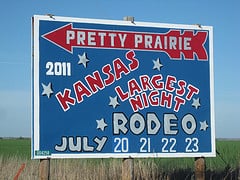
Pretty Prairie, Kansas, promotes only one thing on their highway sign: the largest night rodeo in Kansas.
Destinations must act like businesses: narrow your focus.
- What do you have that the people you are hoping to attract can’t get or do closer to home?
- What makes you worth a special trip?
- What sets you apart from everyone else?
(If you read my weekly emails, you know I hammer on this one, as well.)
What ever it is that makes you different or clearly better, you must hang your hat on that, Brooks said. But it isn’t enough for you claim that you’re different or clearly better. That difference has to come by third party endorsement. Other people have to say it, too.
Most communities are stuck in the “group hug mentality.” They try to make everyone happy with their tourism marketing. The “membership mentality” of “we don’t want to leave out any of our members” leads to generic, “something for everyone” market that is ineffective.
10 things you need to know and do to win
To drive home the message about narrowing your tourism marketing to a niche, Brooks presented 10 things to know.
1. Don’t get hung up on logos and slogans.
They are not brands. They are just marketing messages that support your brand. Logos and slogans are 2% of marketing, but 98% of local attention goes to them, Brooks said. You don’t choose Ford over Chevy because of their logo or slogan.
2. A brand is a perception.
A brand is what people think of you, not what you say you are, Brooks said. We create them through visual cues, people and attitudes, word of mouth, publicity, and social media. Negative perceptions can require a repositioning or rebranding effort. Good brands evoke emotion. They make a statement. They sell a feeling, not a place or a product. Brands are all WHY, not WHAT or WHERE.
3. Successful brands have a narrow focus.
If I can take out your town’s name, and plug in any other town, it fails, Brooks said. You’re not doing anything wrong, you’re just saying the same thing everyone else is saying. You must jettison the generic. You cannot be all things to all people. Promote your primary lure. Memberships kill attempts to specialize tourism marketing.
Here are some of those “everyone uses them” words and phrases to delete from your marketing:
- explore
- discover
- outdoor recreation
- so much to do
- four season destination
- historic downtown
- center of it all
- best kept secret
- close to it all
- playground
I’m sure you can think of many more.
Don’t just market what you have, market what will close the sale, Brooks said.
4. Narrow focus so much that your name becomes synonymous with your brand.
Brooks listed off destinations that have succeeded at this: Napa Valley for wine, Las Vegas for adult fun.
5. Brands are built on product, not just marketing.
People are looking for things to do, not just things to look at, Brooks said. That’s why it’s so hard to market your history in tourism. You have to find ways to make people involved in the experience of that history. Brands are always experiential. Tourism organizations sell cities, towns and counties before experiences. Economic Development groups sell infrastructure and land before opportunities. These are mistakes according to Brooks. Avoid hiring any branding company that does not talk about product, he said.
6. Never, ever use focus groups.
They are never the way to build a brand, Brooks said. Cute and/or clever seldom work in tourism marketing. Never do branding by public consent. Period. When lots of people get involved, that carefully crafted narrow niche gets spread out into making everyone happy. Build your brand by feasibility, not local sentiment. Top-down branding efforts fail 98% of the time, Brooks said.
7. You never “roll out” your brand until you can “deliver on the promise.”
If you market your community for a niche you really don’t deliver on, you are setting up for upset visitors, Brooks said. Brands are earned, good or bad. Communities have used transitional brands to talk about what they are becoming.
8. Great brands always start with a plan.
Brooks outlined a simple plan:
- What do you want to be known for?
- What do you need to own the brand?
- How will you tell the world?
- What goes on the to do list?
9. Build your brand by feasibility, not local sentiment.
Brooks said to start with an assessment. Where you are today? Then, ask the locals, where do you want to go as a community? When someone mentions your community in 10 years, what do you want them to mention? Next, do the research. Which of all the ideas make the most sense? Answer these key questions about feasibility:
- Is this something the markets we are hoping to attract can’t get or do closer to home?
- Can the community buy into it over time?
- Can the private sector invest in it?
- How much will it cost and when will we see return?
- Does it have legs? Can we start with a niche, then add extensions to the brand?
- Can we make it obvious and pervasive throughout the city?
- Will it extend our seasons?
- Do we have tireless champions for this cause?
- Is it experiential? Things to do, not things to look at.
Only once the concept is proved feasible does Brooks recommend developing an action plan. The strategies, goals and objectives should fill no more than 10 pages. An action plan is a to do list. Each item on the plan should include:
- the recommendation – what is to be done
- who’s in charge
- what it will cost
- the source of funds
- when it must be completed
- the rationale – give the reason
10. Don’t let local politics kill your branding efforts.
Brooks listed three killers of branding efforts:
- local politics, especially “membership” politics that try to please everyone
- lack of champions
- lack of money
What lessons have you learned in marketing your community?
Reprints
Included in the book Small Town Economic Development: Reports on Growth Strategies in Practice, editors Joaquin Jay Gonzalez III, Ph.D.; Roger L. Kemp, Ph.D., ICMA-CM and Jonathan Rosenthal, MPA, AICP; 2017, published by McFarland & Company

New to SmallBizSurvival.com? Take the Guided Tour. Like what you see? Subscribe.
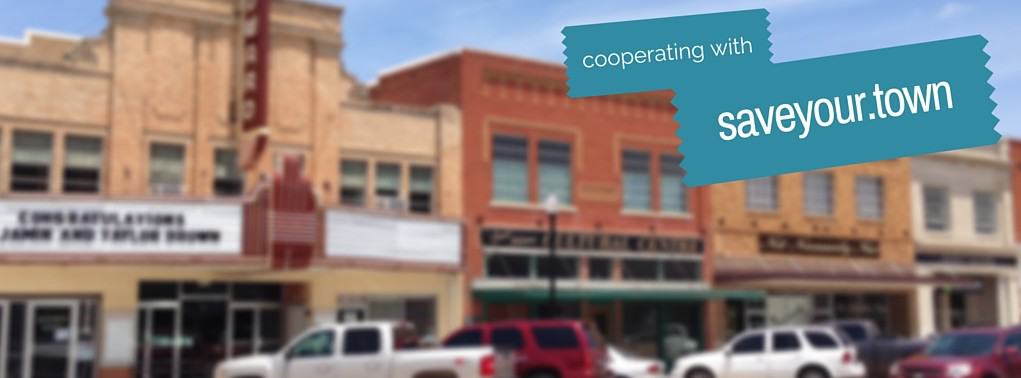

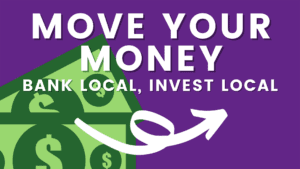




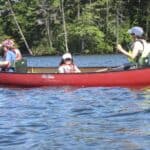
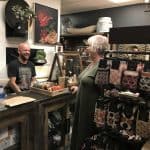

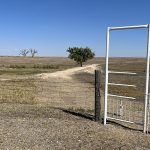
It works, since our Chamber has adopted “Where Our Heroes Have Always Been Cowboys” as our marketing slogan – and since we are the home of World Champion Cowboys Jim Shoulders, Terry Don West, and others AND World Champion Dallas Cowboy, Troy Aikman, it works. At least much better than “it’s a potty stop away from anywhere”, which is what a lot of people tell us is the reason to come to Henryetta….Gotta love our state’s highway system, we’re at the junction of two major roads, and you definitely do stop here to use the restroom when you’re traveling, cause they are accessible, secure, and most of all clean….and you usually spend your money in the place you’ve chosen so it’s all good.